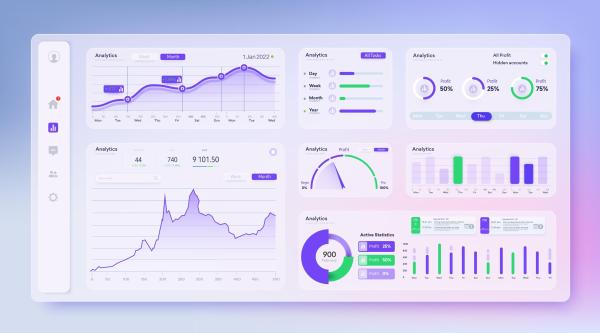Top 10 Reasons To Implement An ASPM Right Now!
In today's interconnected and technology-driven world, cyber threats have become a significant concern for businesses. With the rise of advanced cyber attacks, data breaches, and cybercriminals, it has become imperative for organizations to implement strong security measures to protect their applications and data.
Automated testing tools are the number one go-to solution for security teams trying to scale the discovery of vulnerabilities in their applications. However, as modern software development practices evolve, new attack surfaces emerge and so do new security testing tools that cover different attack surfaces.
With so many different security tools, understaffed security teams get bogged down by vulnerabilities discovered at an increasing pace throughout the software development life cycle. In addition, even though vulnerabilities are discovered, managing those vulnerabilities and making sure the relevant ones get fixed remains as a big challenge for most security teams.
Application Security Posture Management (ASPM) is a proposed solution gaining traction to address this challenge. ASPM tools connect with various security tools and offer automation and vulnerability management capabilities to help security teams create scalable security programs.
ASPM uses discovery technologies to catalog an organization's application portfolio and apply risk-scoring metrics to determine an application's business criticality. It includes them as a component of the overall risk assessment.
By providing intelligent insights, application security posture management tools can assist in documenting an organization's present security profile, compliance status, and identifying areas for improvement, thereby enabling proper resource allocation.
The top 10 reasons
1. Visibility: ASPM tools consolidate vulnerabilities discovered by various testing tools and provide a single-view dashboard. Better visibility into the organization's security posture enables to better manage risks and role-based access allows to isolate data for each stakeholder.

2. Metrics: With an ASPM integrating and collecting data from your applications and different security tools, security teams can measure the performance of their security program with key metrics and identify bottlenecks in their processes.
3. Policy enforcement with automation: An ASPM can help with enforcing organization-wide or project-based security policies on applications. Based on the rules created, ASPM tools can automatically break builds in CI/CD pipelines, send notifications or create tickets on issue managers.
4. Corporate memory: ASPM tools can provide continuity of security programs regardless of the changes in tools or people. They act as the single source of truth in an organization and prevent the loss of historical data.

5. Collaboration: Integrations enable better cooperation between security and development teams which can lead to better coordination and alignment in implementing security measures and addressing vulnerabilities.
6. Continuous Testing: One of the reasons to implement an ASPM is to protect your applications and improve their overall security posture. By integrating all security tests with CI/CD pipelines, continuous testing helps identify vulnerabilities and potential risks in your apps throughout the software development life cycle.
7. Continuous Compliance: Many businesses are subject to regulations such as GDPR, HIPAA, PCI-DSS, and others, which mandate data protection and security measures. An ASPM constantly monitors and assesses the organization's security posture and that the organization complies with the latest regulations and industry standards.

8. Agile security operations: With understaffedd security teams, vulnerabilities can wait a long time until they are triaged which increases business risk. Developers can also take a long time before starting to work on vulnerabilities. By allowing risk-based prioritization and automating manual tasks involved in vulnerability management, ASPM tools can accelerate the triage and remediation processes.
9. Reduced business risk: ASPM tools help organizations take risk-driven decisions and allocate resources where more risk lies. By accelerating triage and remediation efforts, they also help shorten the lifespan of vulnerabilities and minimize business risk in the organization.
10. Reputation: By demonstrating a data protection and security commitment, an ASPM can attract more customers and increase the trust and confidence of stakeholders. Also, with the latest discussions around supply chain attacks and SBOMs, it has become imperative to understand what your applications are made of and their risk for trusting these third-party dependencies.
Conclusion
An ASPM tool can provide several benefits, including improved visibility through centralizing vulnerabilities, increased efficiency by automation, compliance with regulations, better risk management through effective prioritization, and enhanced reputation by building confidence in customers and stakeholders.
Kondukto Platform is the ultimate ASPM tool for application security teams, allowing them to transform vulnerability management effortlessly and giving back the time, focus, and insight they need to succeed. Check out more on this link!

